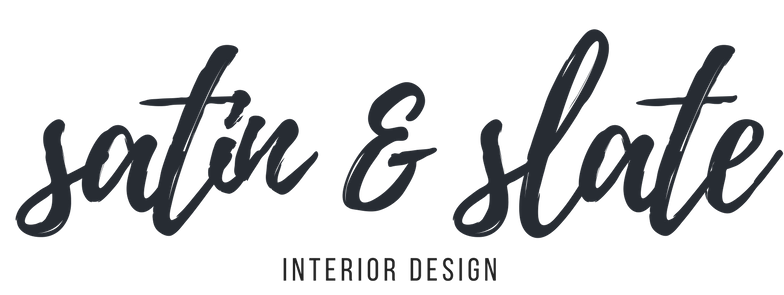In interior design, lines refer to the shape, direction and orientation of objects and architectural elements. They play a crucial role in defining the style and mood of a space. There are several types of lines used in interior design and these include:
- horizontal lines
- vertical lines
- diagonal lines
- curved lines
Horizontal Lines
Horizontal lines create a sense of stability, restfulness and relaxation in interior design as they run parallel to the ground. Further, they draw the eye outward and give a sense of expansiveness, making a room feel wider and more spacious.
Furniture, windows and linear lighting fixtures that run parallel to the ground are examples of horizontal elements in interior design.
Vertical lines
Designers can use vertical patterns in interior design to create a sense of height and stability in a space. Besides, they can also add a sense of formality or strength, making them a popular choice in more traditional or masculine design styles.
Designers often use them in features such as tall windows, columns or doors. Additionally, they can use them to visually divide a space or create a sense of hierarchy, such as in a tall bookshelf or a series of hanging pendant lights.
Diagonal lines
In interior design, diagonal patterns create a sense of movement and energy. Also, they add interest and dynamic visual flow to a space, making it feel less static. Moreover, they can add an unexpected twist to an otherwise straightforward and simple room.
Designers can incorporate diagonal forms into interior design by using diagonal patterns in fabrics, wallpaper, tile or by including a slanted bookshelf.
Curved Lines
In interior design, curved lines can add a sense of softness, fluidity, and movement to a space. Additionally, they can create a contrast to the sharp angles of straight forms and geometric shapes. Moreover, using these can help to balance the overall aesthetic of a space, making it feel more welcoming and comfortable.
Curved elements in interior design can be found in furniture, architectural elements and decorative accessories.
Designers can use lines as a powerful tool in interior design to create a variety of effects and moods. The overall look and feel of a space can be impacted by the type of element used, whether it is to create a sense of stability and balance with horizontal forms or to add energy and movement with diagonal or curved patterns. Understanding the different types of these elements and how they can be used can help designers create dynamic and visually appealing spaces that are tailored to their clients’ needs and preferences.
About Us:
Founded in 2017, Satin and Slate is one of the elite interior design studios in Southern California. Located in Long Beach, this dedicated team of designers oversees from kitchen and bathroom renovations to commercial projects. Equipped with their own showroom/studio they can satisfy the needs of any client. Featuring clean lines, bright colors and fresh ideas Satin and Slate’s mission is to bring your vision to life and help transform your space into something extraordinary.









